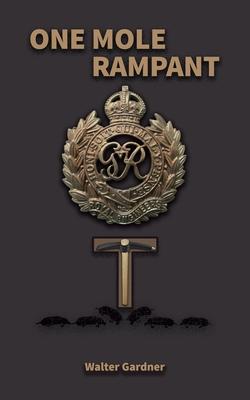The author was aged over thirty when war broke out and did not join up immediately, but became a driver for the newly formed Royal Naval Division. After he read about the Retreat from Mons he decided to join up and because he believed he would not qualify as an officer straight away he paid a subscription of two guineas and joined the Honourable Artillery Company as a private soldier.
He became a member of the pioneer section and after some rudimentary training he arrived in France in late September 1914. After some time spent at the base (St Nazaire) and Le Mans he arrived at St Omer on 1 November 1914. He spent the next four months in the trenches at Kemmel under the most trying conditions due to the awful weather and rudimentary trenches that then existed on the Western Front.
In March 1915 he obtained a commission in the Royal Engineers and joined 172 company in its mining operations around St Eloi. The next five months were spent in fighting the deadly underground war, until in August he was recalled home to join the Ministry of Munitions.
From the Preface to explain the unusual tile:
As the Preface is usually skipped by readers, this only contains what might well be so treated:
What a queer title!
Well, all soldiers were moles, more or less, in this war, burrowing in the ground. Some more than others.
But why 'Rampant'?
Well, wouldn't it make you ramp too?
Quintessential first-hand account of work with a tunnelling company during 1915. A combination of letters home, diary entries and later writings. Gardner gives a good description of the terrible conditions endured during the first winter of the war and the early mining operations during 1915.
